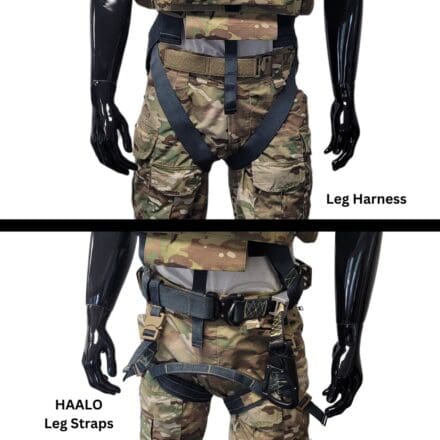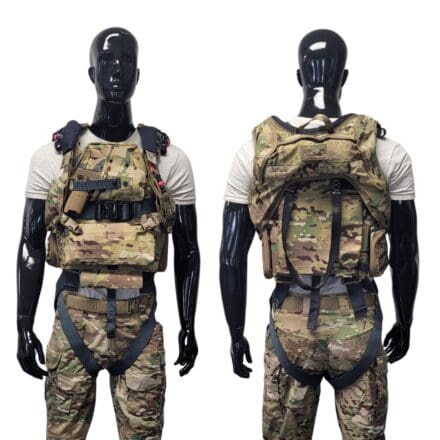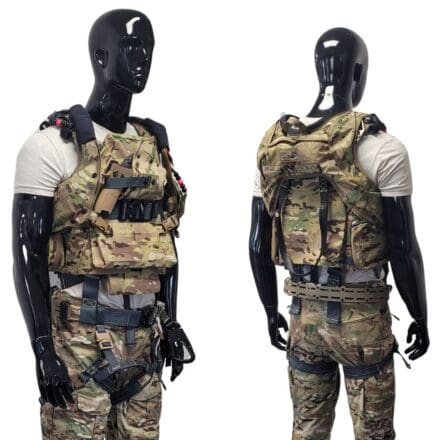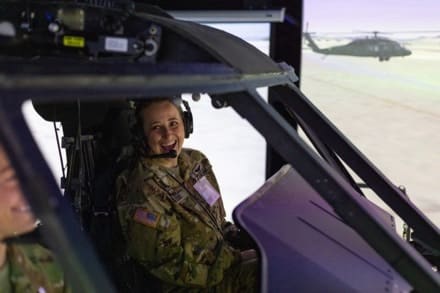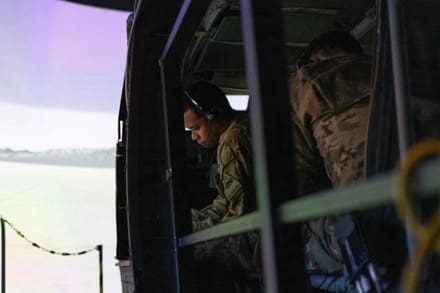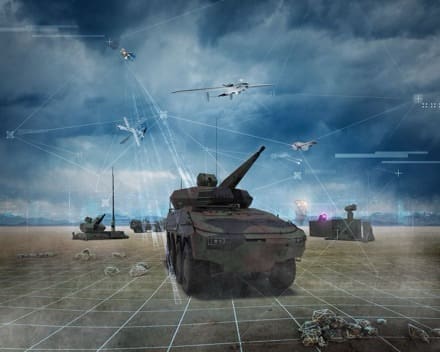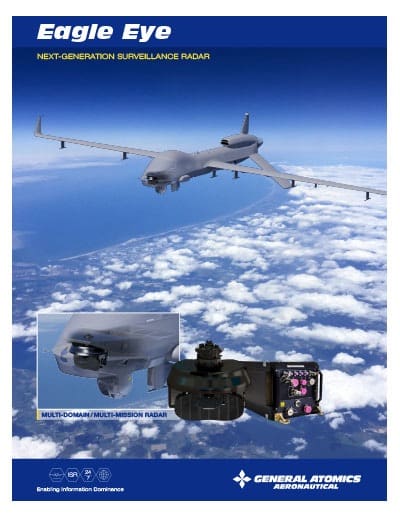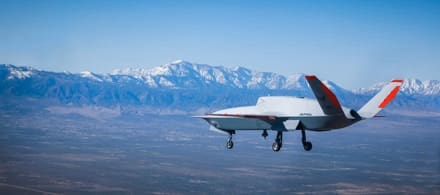AIAA San Diego Section Awards Honor GA-ASI’s Outstanding AchievementsSAN DIEGO – 11 June 2024 – Employees and teams from General Atomics Aeronautical Systems, Inc. (GA-ASI) were honored with seven awards from the San Diego Section of the American Institute of Aeronautics and Astronautics (AIAA) in the categories of lifetime achievement, outstanding aerospace engineering and engineering management, and community support at both the company and individual levels. The awards were presented at an event hosted by AIAA on June 1, 2024. GA-ASI is a leading employer in the San Diego area and manufacturer of Unmanned Aircraft Systems (UAS), radars, and electro-optic and related mission systems solutions.
“I thank AIAA for honoring our relentless pursuit of innovation in aviation, as well as our excellence in program execution and community outreach,” said GA-ASI Engineering Vice President Dee Wilson. “Recognizing the pivotal role that our unmanned systems play in safeguarding national security; these accolades highlight the tremendous dedication and talent of our GA-ASI team.”
AIAA award winners from GA-ASI:
Senior Test Pilot Timothy Just was awarded for Lifetime Achievement. Tim’s career spans over four decades, during which he made unparalleled contributions to aviation and aerospace, including as a professional test pilot where he’s demonstrated exceptional airmanship and proficiency in flying in excess of 200 aircraft types. For GA-ASI, he has flown more than 20 first flights of prototype UAS, and he uses his extensive experience to provide critical input and feedback during the design and early test phases to help ensure that every first flight of a prototype landed successfully. Tim was also one of the first pilots to deploy overseas with the Gnat and Predator®series aircraft, developing tactics and procedures that have contributed to the revolutionary impact UAS have had in aviation. Tim is a three-time member of the United States Unlimited Aerobatic Team and has flown at many air shows, igniting an interest in aviation for an untold number of young men and women.
Owen Nucci, senior program manager for GA-ASI’s Leasing Services, won for Outstanding Contribution to Aerospace Management. Owen led the execution of GA-ASI’s Company Owned, Company Operated (COCO) lease contract to operate MQ-9B SeaGuardian® UAS for the Japan Coast Guard (JCG) and the Japan Maritime Self-Defense Force (JMSDF). Through Owen’s leadership, these contracts have broken new ground for UAS operations by flying under a civil authority, under International Civil Aviation Organization (ICAO) Instrument Flight Rules, and in weather conditions that would have grounded previous generation UAS.
GA-ASI’s Off-Board Sensing Station (OBSS) Development Team, led by Program Manager John Malaney, won for Outstanding Achievement by an Aerospace Organization. The team was responsible for the first flight of the XQ-67A on February 28, 2024. With the flight of XQ-67A, funded by the Air Force Research Laboratory (AFRL), GA-ASI validated the “genus/species” concept first developed with AFRL as part of the Low-Cost Attritable Aircraft Platform Sharing (LCAAPS) program focused on building several aircraft variants from a common core chassis. The success of the OBSS Development Team culminated in a new contract award for GA-ASI from the U.S. Air Force Life Cycle Management Center to build production representative flight test articles of the Collaborative Combat Aircraft.
Adam Cooperberg won for Outstanding Contribution to Aerospace Engineering. Adam is the lead engineer of the MQ-9B SeaGuardian platform for GA-ASI, spearheading both development and sustainment activities since the creation of the first SeaGuardian. Adam was central in SeaGuardian’s successful deployment for several customer exercises in 2023, including Northern Edge, Integrated Battle Problem, and Group Sail.
Jay Larkins won for Outstanding Contribution to the Community. Jay is a program manager for the Fleet Deployment Services team at GA-ASI, where he demonstrates unwavering dedication and exceptional leadership skills. In his off hours, Jay operates a pro bono law office where he works to provide legal assistance to low-income and indigent individuals in San Diego.
The General Atomics Sciences Education Foundation was awarded for its Outstanding Corporate Contribution to the Community. The Foundation, led by Lawrence Woolf, has catalyzed and supported employees participating in over 1,100 educational outreach activities and has provided over $250,000 in materials and equipment for schools and programs; granted more than $1 million in support to over 70 science, technology, engineering, and mathematics (STEM) non-profits; and coordinated remote tutoring of at-risk first graders by more than 135 employees. The Foundation also supports major public outreach events, provides resources for employees who engage in outreach, and has developed many educational resources that are posted on the Foundation web site.
Finally, James McPherson won for Outstanding Contribution to the AIAA San Diego Section. James is GA-ASI’s program manager for U.S. Marine Corps (USMC) programs, and in 2023, James demonstrated exceptional dedication and leadership in advancing the goals of the AIAA within the San Diego community and within GA-ASI. This award follows an AIAA award that James won last year when he was awarded for Outstanding Contributions to Aerospace Management.


